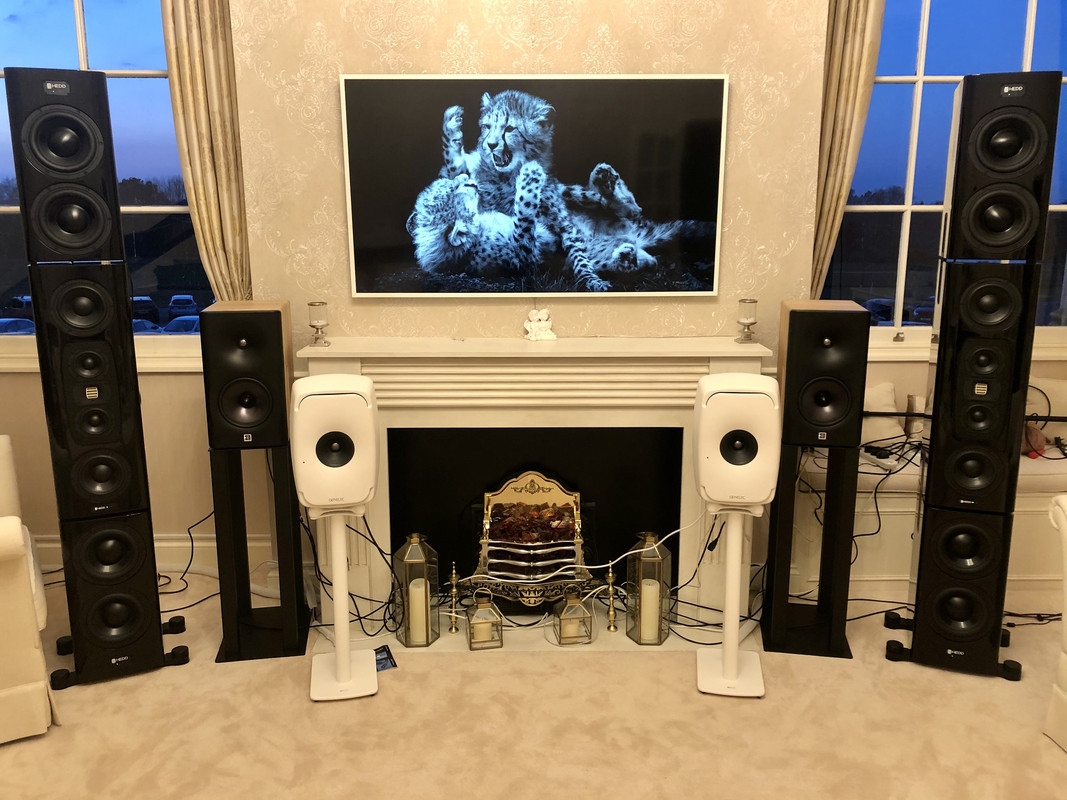I think it depends on the "source". For individual instruments or human voice, a smaller image sounds better and more realistic to my ears. For large scale orchestral reproductions, though, I don't think we really hear tiny point source images in that way. I could see where a taller(and wider) image might sound more real for recordings like that.
It's an interesting point, though, as I also read that comment as a negative point for the Salon2. Might be one of those personal preference things, though, and even the experts disagree. Toole likes a more diffuse image, and finds it to sound more realistic. Geddes likes a much smaller tighter image, and finds that to sound more realistic. Amir's preferences seem to align more with Toole's, which is why he sees that as a plus for the Salon. There's also the issue of what our ears/brains are used to.
Personally, my reference for realistic imaging focuses most on the human voice, which tends to have a very small point source type image in real life. It's a balance though for me, unfortunately. I prefer a wider soundstage, but I prefer a more point source sounding image, and those seem to come at the expense of each other

. Toole/Amir don't seem to have that balancing act, though, as I think they prefer both a wider soundstage and a wider/taller image.

